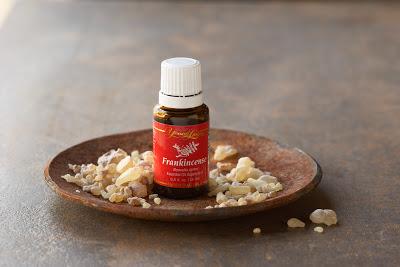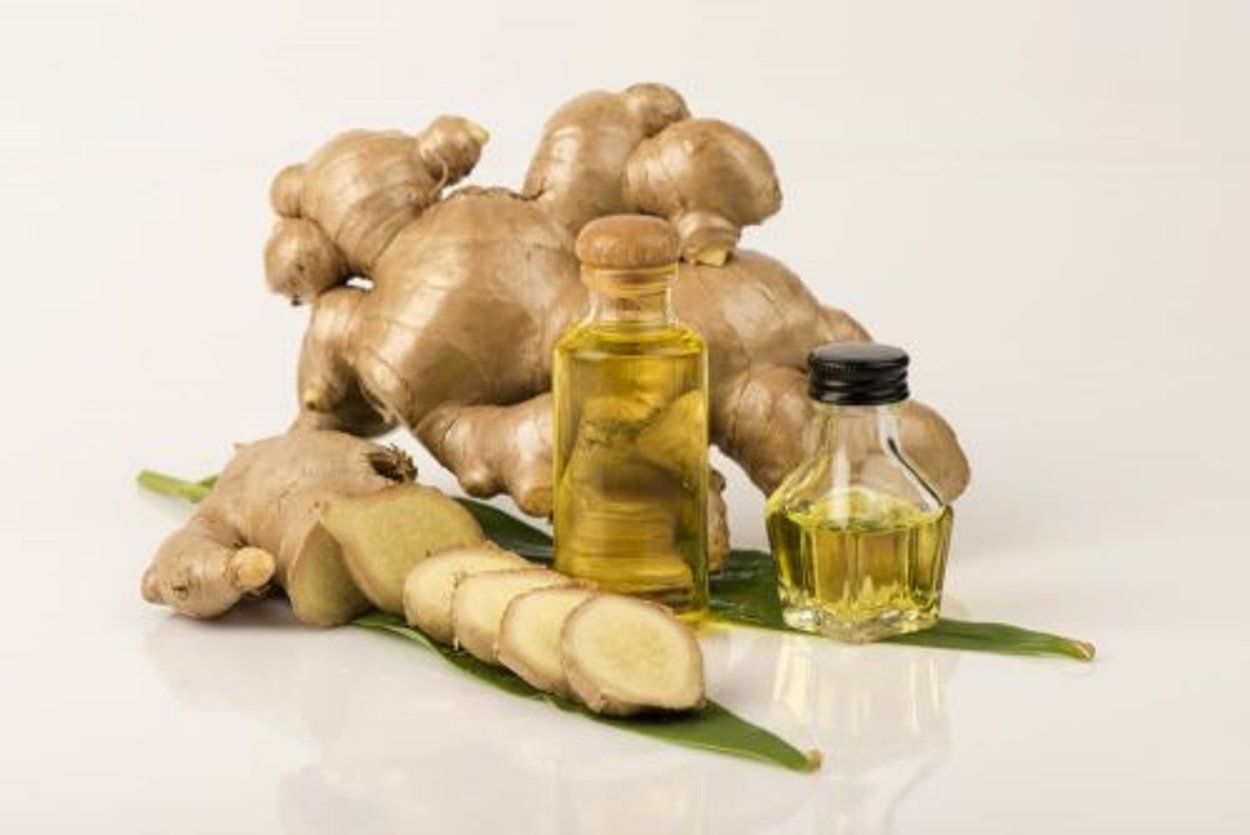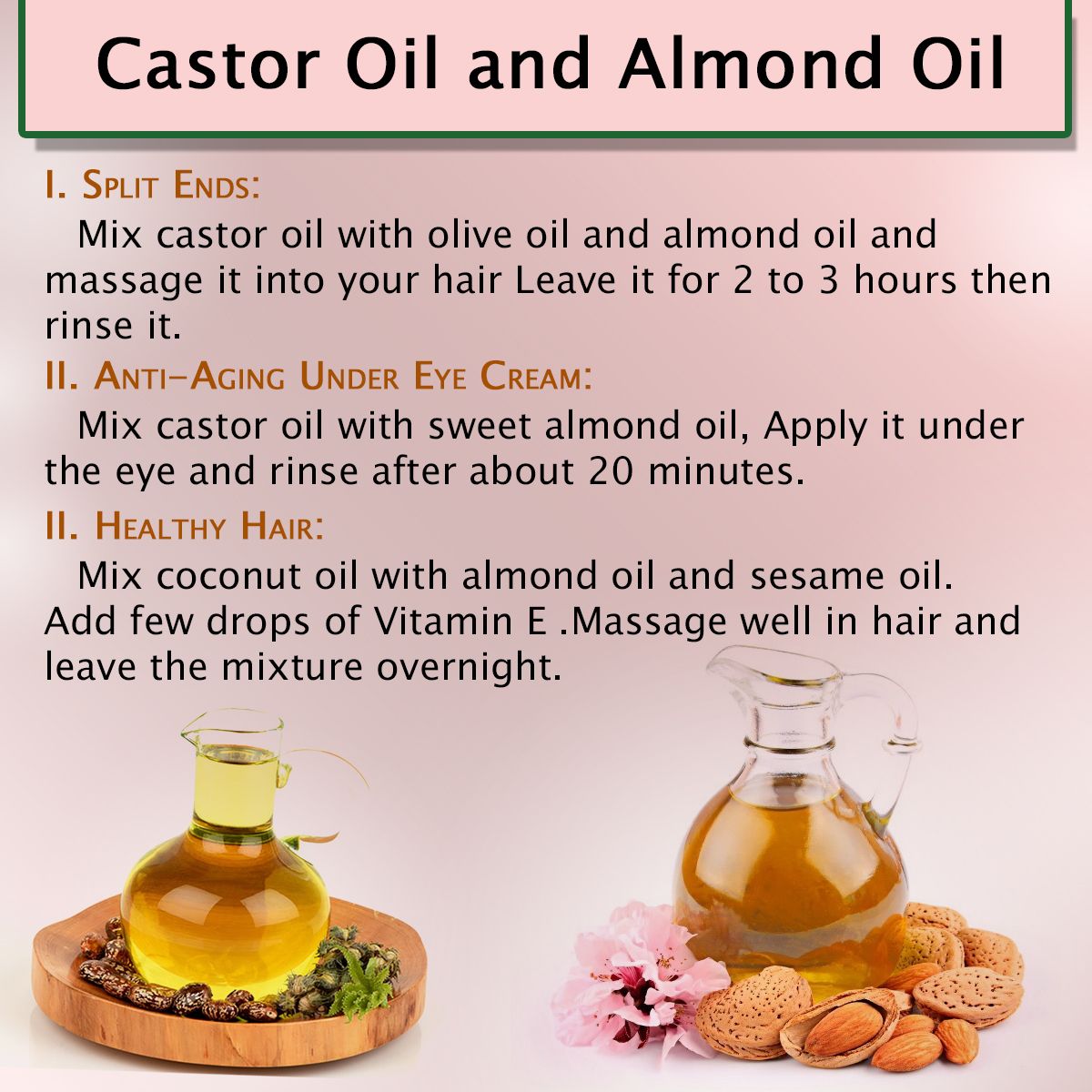Healthy oils for skin. 7 Proven Ways to Get Rid of Freckles
How to get rid of freckles? Discover 7 effective methods, from sunscreen to laser treatment, chemical peels, and natural remedies.
Sunscreen: The First Line of Defense
Sunscreen is the most effective way to prevent the formation of new freckles. While it won’t get rid of existing freckles, it can stop them from worsening or new ones from appearing. The American Academy of Dermatology recommends using a sunscreen with an SPF of 30 or higher, applying it to bare skin at least 15 minutes before going outdoors, and reapplying every two hours or after swimming or excessive sweating.
Laser Treatment: Targeting Pigmentation
Laser treatment is a popular option for lightening or removing freckles. The 1064 Q-Switched Nd YAG laser has been shown to be effective, with a study finding that it lightened more than 50 percent of freckles in 62 percent of participants. While generally safe, laser treatment may come with side effects like itching, swelling, redness, and changes in skin color. Multiple sessions are usually required to achieve the desired results.

Cryosurgery: Freezing Away Freckles
Cryosurgery, which uses extreme cold in the form of liquid nitrogen to freeze and destroy abnormal skin cells, is another option for getting rid of freckles. It’s generally safe, requires no anesthesia, and has a short recovery time. Potential side effects include hypopigmentation, bleeding, and blistering, but scarring is rare.
Fading Creams: Suppressing Melanin Production
Fading creams, also known as bleaching creams, often contain the ingredient hydroquinone, which is thought to suppress melanin production and lighten darkened areas of skin. While the FDA previously considered hydroquinone-based products safe and effective, new evidence has raised concerns about potential side effects, including inflammation, dryness, and skin discoloration.
Retinoid Creams: Photoprotection and Skin Improvement
Retinoid creams, which contain a vitamin A compound, can help improve sun-damaged skin and lighten freckles. According to a 2014 review, retinoids may offer photoprotection by absorbing ultraviolet B radiation, which can help prevent new freckles from forming. Common side effects include redness, dryness, and skin irritation.

Chemical Peels: Removing Damaged Skin
Chemical peels use a chemical solution to exfoliate and peel off areas of damaged skin, including freckles. Moderate skin peels containing glycolic acid or trichloroacetic acid can penetrate the skin’s middle layers to remove freckles. This process may temporarily cause stinging, peeling, redness, irritation, crusting, and swelling, but the American Society for Dermatologic Surgery notes that it typically takes up to two weeks to heal.
Natural Remedies: Unproven but Unlikely to Cause Harm
While not scientifically proven, some natural remedies like lemon juice, honey, buttermilk, and sour cream are commonly used to try to lighten freckles. These treatments are unlikely to cause harm when used in moderation, but their effectiveness is uncertain.
Does Sunscreen Really Help Prevent New Freckles?
Yes, sunscreen is essential for preventing new freckles from forming. The UV radiation in sunlight triggers the production of melanin, which leads to the development of freckles. By using a broad-spectrum sunscreen with an SPF of 30 or higher, you can effectively block this process and stop new freckles from appearing.
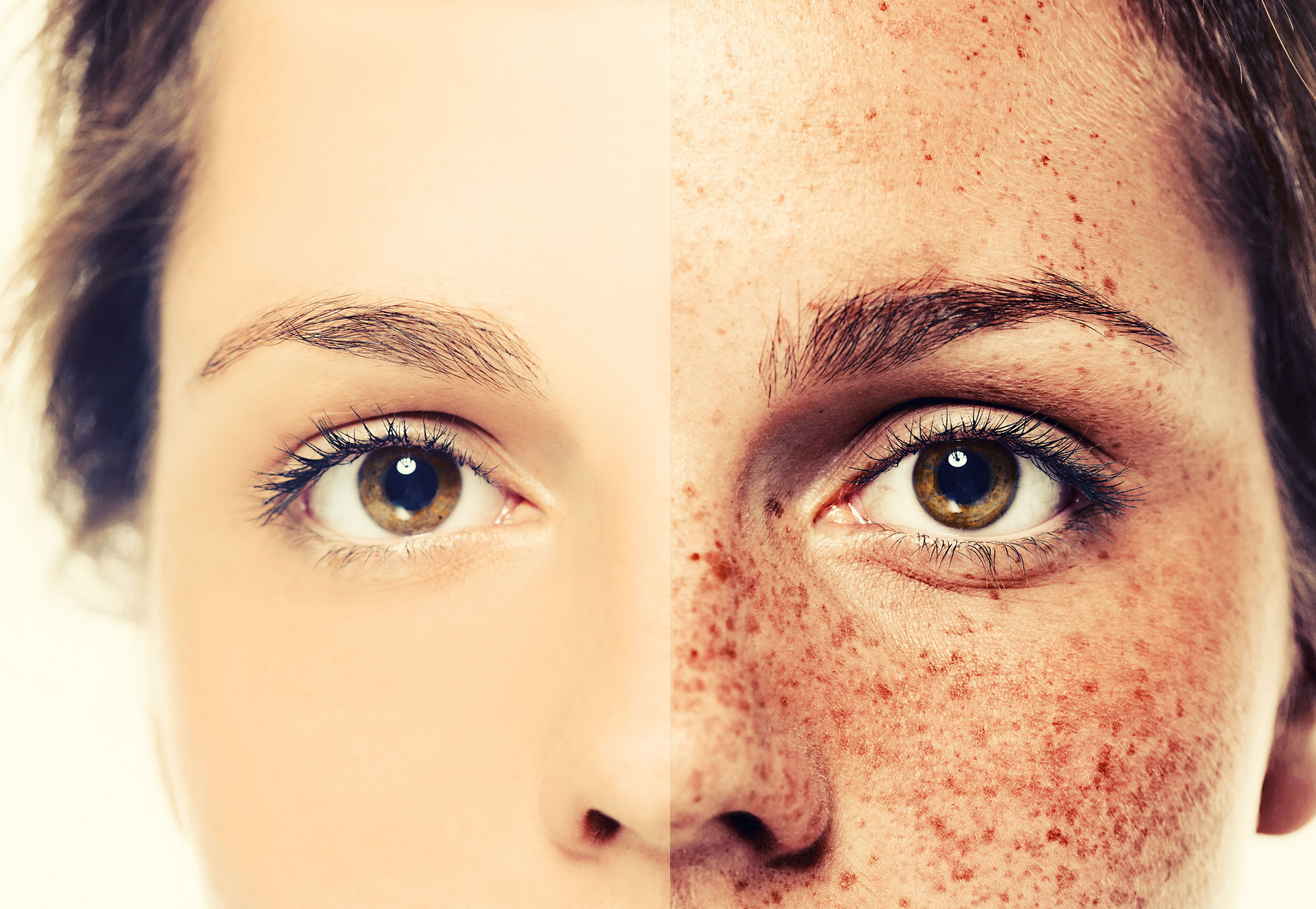
How Long Does Laser Treatment Take to See Results?
Laser treatment for freckles typically requires multiple sessions to achieve the desired results. According to the research, it can take up to two weeks to recover from each laser treatment session. The full benefits may not be seen until after several treatments, as the body needs time to respond and the freckles to fade.
Can Natural Remedies Like Lemon Juice Really Lighten Freckles?
While natural remedies like lemon juice, honey, and buttermilk are often touted as ways to lighten freckles, their effectiveness is not scientifically proven. These treatments are generally safe when used in moderation, but they may not be as reliable or effective as more proven methods like laser treatment or chemical peels.
How Do Retinoid Creams Help Prevent New Freckles?
Retinoid creams, which contain a vitamin A compound, can help prevent new freckles from forming by offering photoprotection. According to research, retinoids can absorb ultraviolet B radiation, which is a key trigger for the development of new freckles. By reducing the skin’s exposure to this damaging UV radiation, retinoid creams can help stop the formation of new freckles.
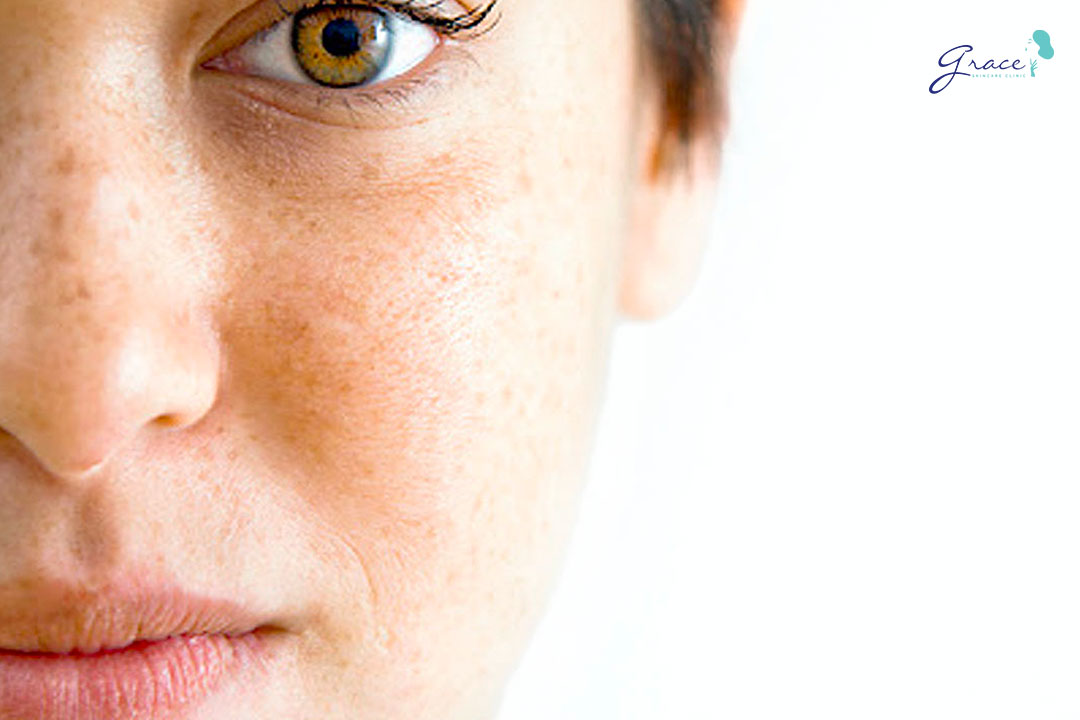
What Are the Potential Side Effects of Chemical Peels for Freckles?
Chemical peels used to remove freckles can temporarily cause a range of side effects, including stinging, peeling, redness, irritation, crusting, and swelling. These side effects are typically short-lived, with the American Society for Dermatologic Surgery noting that it usually takes up to two weeks for the skin to fully heal after a moderate chemical peel.
How Effective is Cryosurgery in Removing Freckles?
Cryosurgery, which uses liquid nitrogen to freeze and destroy abnormal skin cells, is generally considered a safe and effective method for removing freckles. While it may cause some temporary side effects like hypopigmentation, bleeding, and blistering, cryosurgery rarely leads to scarring. It’s a relatively quick procedure that doesn’t require anesthesia and has a short recovery time.
How to Get Rid of Freckles: 7 Ways
Freckles are a natural variation of human skin. While they aren’t harmful, treatments do exist to lighten them.
Freckles are tan or light brown spots on your skin. They’re made of clusters of skin cells that contain the pigment melanin. Unlike moles, which are raised, freckles are flat. Freckles aren’t painful or harmful.
No one is born with freckles, even though they may be genetic. They’re triggered by sun exposure. If you have freckles and want to get rid of them, here are seven ways to consider.
Sunscreen won’t get rid of existing freckles, but it helps prevent new ones. You should wear sunscreen year-round, even when it’s cloudy.
The American Academy of Dermatology offers these tips:
- Sunscreen should have an SPF of 30 or higher.
- Apply sunscreen to bare skin at least 15 minutes before going outdoors.
- Reapply sunscreen every two hours, and immediately after swimming or excessive sweating.

Laser treatment uses pulses of focused, intense light to target damaged areas of skin. There are different types of lasers. According to a 2015 study, the 1064 Q-Switched Nd YAG laser is effective for treating freckles. Study results showed treatment with this laser lightened more than 50 percent of freckles in 62 percent of participants.
Laser treatment is generally safe. The risk of scarring is low. However, other side effects may occur, including:
- itching
- swelling
- redness
- crustiness
- peeling
- infection
- changes in skin color
If you have a history of oral herpes, you may need to take an antiviral medication before undergoing laser treatment. That’s because the laser can stimulate a flare-up of herpes around your mouth.
Your healthcare provider may prescribe other medications or creams before the procedure. They may also recommend avoiding certain medications or products before the procedure. Let your doctor know about any medications or creams you’re using.
It may take up to two weeks to recover from laser treatment. Multiple sessions are usually needed to achieve desired results.
Cryosurgery uses extreme cold in the form of liquid nitrogen to freeze and destroy abnormal skin cells. Cryosurgery is generally safe, and it requires no anesthesia and little recovery time. Some potential side effects are hypopigmentation, bleeding, and blistering. Cryosurgery rarely causes scarring.
Fading cream, also called bleaching cream, is available both over the counter and by prescription. Many fading creams contain hydroquinone, an ingredient thought to suppress melanin production and lighten darkened areas of skin.
Topical hydroquinone cream may cause:
- inflammation
- dryness
- burning
- blistering
- skin discoloration
In 1982, the U.S. Food and Drug Administration (FDA) considered bleaching products that contained up to 2 percent hydroquinone as generally safe and effective. In 2006, new evidence indicated hydroquinone may cause cancer in rats and result in skin darkening and disfiguration. This led the FDA to nominate hydroquinone for further study under the National Toxicology Program (NTP).
This led the FDA to nominate hydroquinone for further study under the National Toxicology Program (NTP).
Retinoid cream is a vitamin A compound. It’s used to improve sun-damaged skin and lighten freckles. According to a 2014 review, retinoids may offer photoprotection by absorbing ultraviolet B radiation. This may help prevent new freckles from forming.
Retinoid creams are available with or without a prescription. Common side effects are:
- redness
- dryness
- skin irritation
- peeling
- sensitivity
A chemical peel uses a chemical solution to exfoliate and peel off areas of damaged skin. To remove freckles, a moderate skin peel containing glycolic acid or trichloroacetic acid penetrates the skin’s middle layers. Once damaged skin is removed, new skin is generated.
Chemical peels may temporarily cause:
- stinging
- peeling
- redness
- irritation
- crusting
- swelling
According to the American Society for Dermatologic Surgery, moderate skin peels take up to two weeks to heal.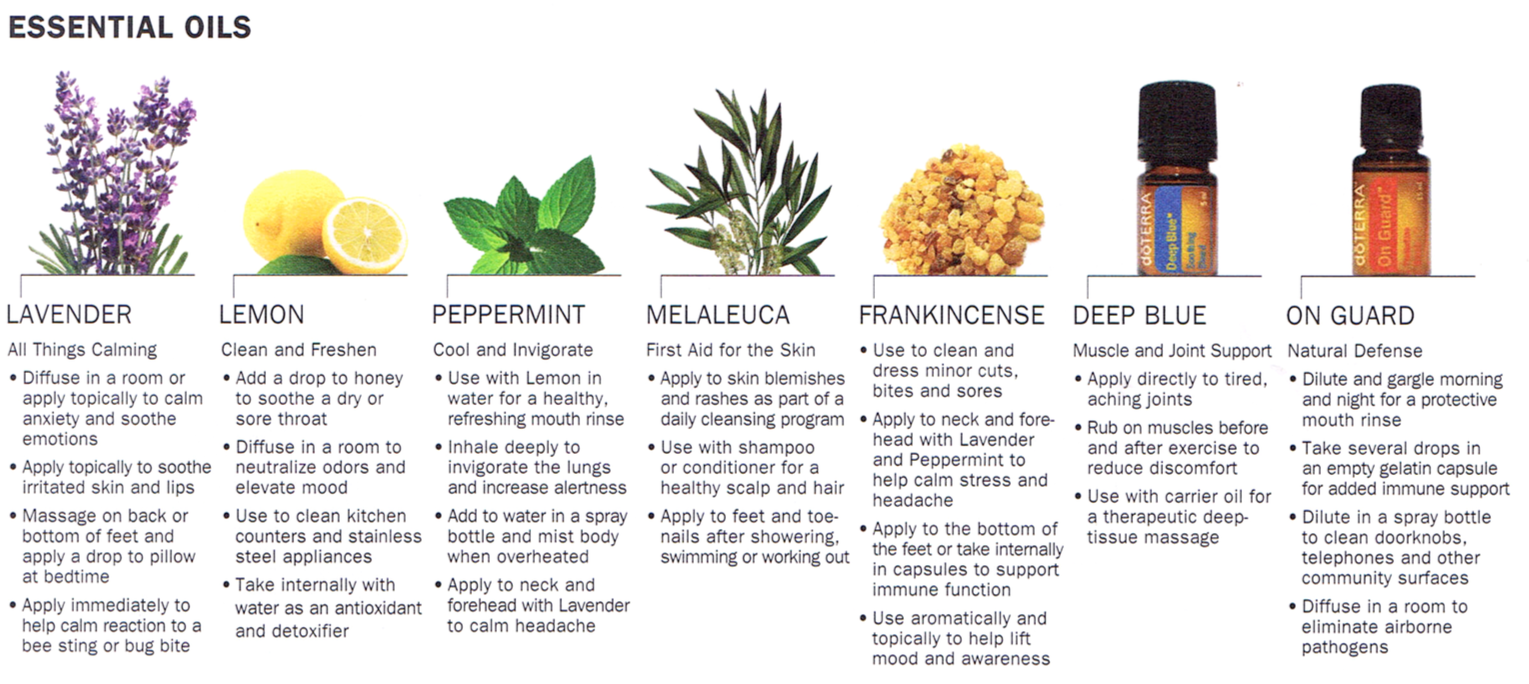 You’ll need to soak your skin daily and apply topical ointment. You’ll also need to take a prescription antiviral for up to two weeks, and avoid the sun until your skin has healed.
You’ll need to soak your skin daily and apply topical ointment. You’ll also need to take a prescription antiviral for up to two weeks, and avoid the sun until your skin has healed.
There are several natural remedies people swear by to get rid of freckles. None are scientifically proven. Still, most are unlikely to cause harm when used in moderation.
These natural remedies include:
Lemon juice: Apply lemon juice directly to your skin with a cotton ball, and then wash it off. Lemon juice is thought to lighten skin.
Honey: Combine honey with salt or sugar to make a scrub. Honey may help lighten pigmentation.
Buttermilk: Apply buttermilk directly to your skin. You should leave it on for 10 minutes before rinsing it off with warm water. You can also create a mask by combining buttermilk with oatmeal. Buttermilk has lactic acid, which could potentially help lighten your freckles.
Sour cream: Apply sour cream directly to your skin, and then wash it off after a few minutes.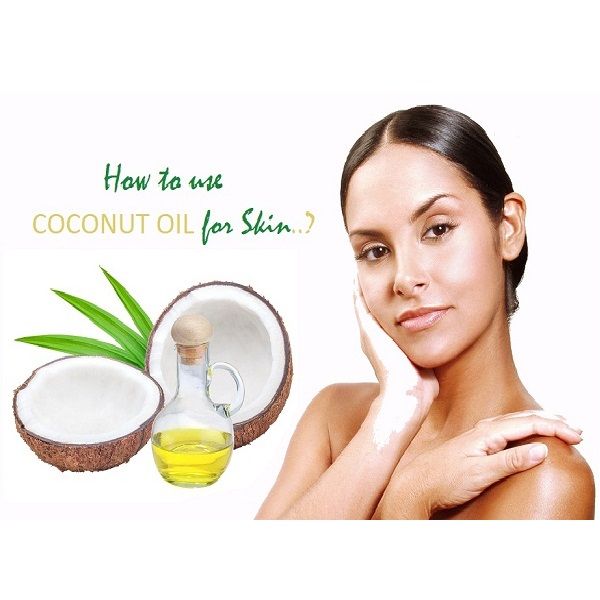 Like buttermilk, sour cream contains lactic acid.
Like buttermilk, sour cream contains lactic acid.
Yogurt: Apply yogurt directly to your skin and leave it on for a few minutes. Yogurt also contains lactic acid.
Onion: Rub the onion over your skin, and then rinse your skin in warm water. Onion can act as an exfoliate and may help lighten spots.
If you experience any irritation, stop using the remedy.
Your skin contains cells called melanocytes that produce the pigment melanin. Melanin helps protect your skin from the sun’s ultraviolet rays. Sun exposure encourages melanocytes to produce more melanin. Freckles are a build-up of melanin on your skin’s outer layer.
Most people with large numbers of freckles have fair skin, although anyone can get them. Even though fair-skinned people normally produce less melanin than those with darker skin, their melanocytes produce more melanin during sun exposure.
Some freckles are in it for the long haul. Others are most prominent in the summer due to increased sun exposure, but will fade during winter or by avoiding direct sunlight.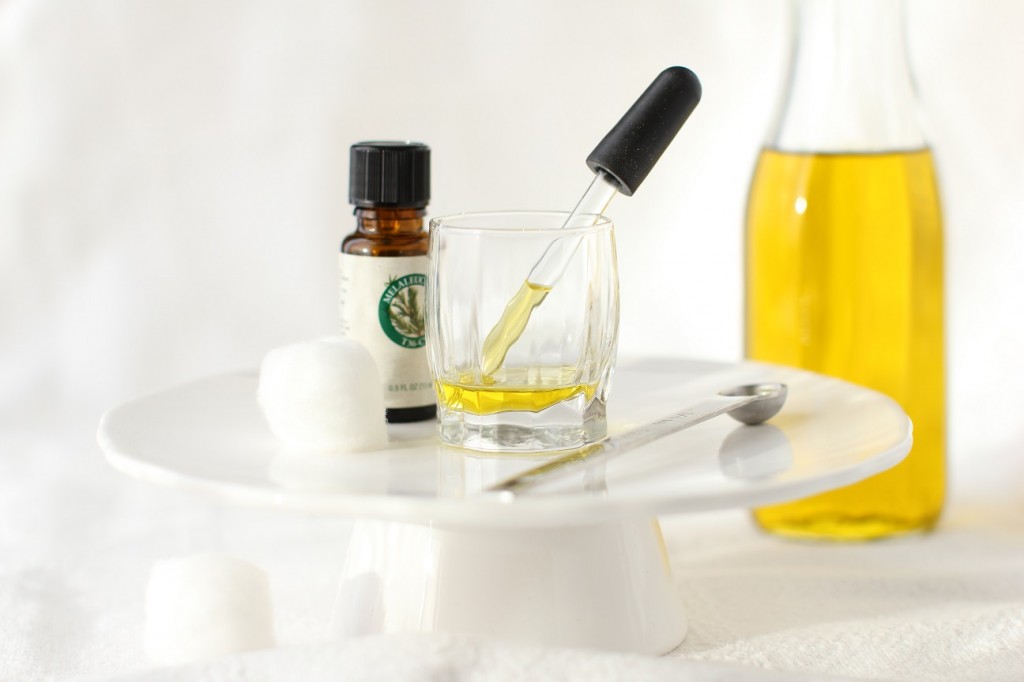 Freckles that are hereditary may diminish as you age. Freckles caused by sun damage tend to increase with age.
Freckles that are hereditary may diminish as you age. Freckles caused by sun damage tend to increase with age.
Freckles are noncancerous, but they may be confused with skin cancer. Excessive sun exposure is a risk factor for both freckles and melanomas. Melanoma is more common in people with fair skin or freckles than in those with dark skin.
If you notice changes in size, color, or shape of a freckle, see your doctor or dermatologist. They’ll be able to determine whether it’s a reason for concern.
Learn more: Skin cancer symptoms »
Freckles are common and benign, yet many people want to get rid of them for cosmetic reasons. Invasive remedies such as laser therapy and chemical peels are effective, but require extensive healing time and may cause serious side effects.
If you want to send your freckles packing, talk to your dermatologist to determine the best removal method for you. No matter what method you choose, it’s important to practice safe sun care afterward to help prevent new freckles.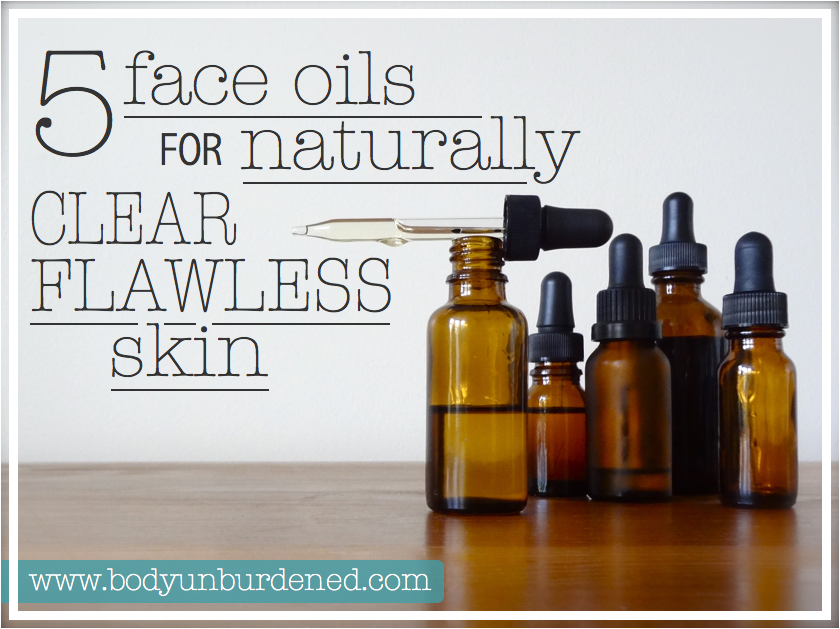
Keep reading: How to get rid of dark spots on the face »
The 10 Best Natural Oils for Your Face
From coconut to argan, many oils are claimed to be beneficial for the skin. But which ones are most effective for improving skin health and quality? Whether you’re interested in moisturizing, protecting, or cleansing your skin, oils could be the key to enhancing your skincare routine.
Each type of oil has its own benefits and may affect your skin in different ways. At NOTO, we focus on creating inclusive skincare products, so we look for oils that work best for all skin types. Here we’ve created a roundup of the best natural oils for your face to help find one that suits your skin type and needs.
1. Argan Oil
Argan oil is harvested from the kernels of the argan tree in Morocco. It is considered a good oil for your face because it is packed with antioxidants, fatty acids, and vitamin E, making it an excellent choice for moisturizing and protecting your skin. The oil is lightweight and absorbs quickly, so you can use it on its own or with other skincare products to nourish your skin.
The oil is lightweight and absorbs quickly, so you can use it on its own or with other skincare products to nourish your skin.
Argan oil is perfect for those with sensitive, acne-prone skin, as it is non-irritating and non-comedogenic. This oil is also known to deliver anti-aging effects. One study found that argan oil can increase skin elasticity in postmenopausal women. You can find argan oil in our Rooted Oil. We’ve blended argan oil with essential oils like bergamot to create a mood-lifting potion with tons of skincare benefits!
2.Coconut Oil
Coconut oil is one of the best natural oils for your face because it has many benefits for the skin. It is rich in medium-chain fatty acids and has antimicrobial and anti-inflammatory properties. The fatty acids help moisturize dry skin and prevent premature signs of aging. The oil is also shown to reduce acne due to its anti-inflammatory and antibacterial properties.
Coconut oil can be used in many different ways to benefit your skin.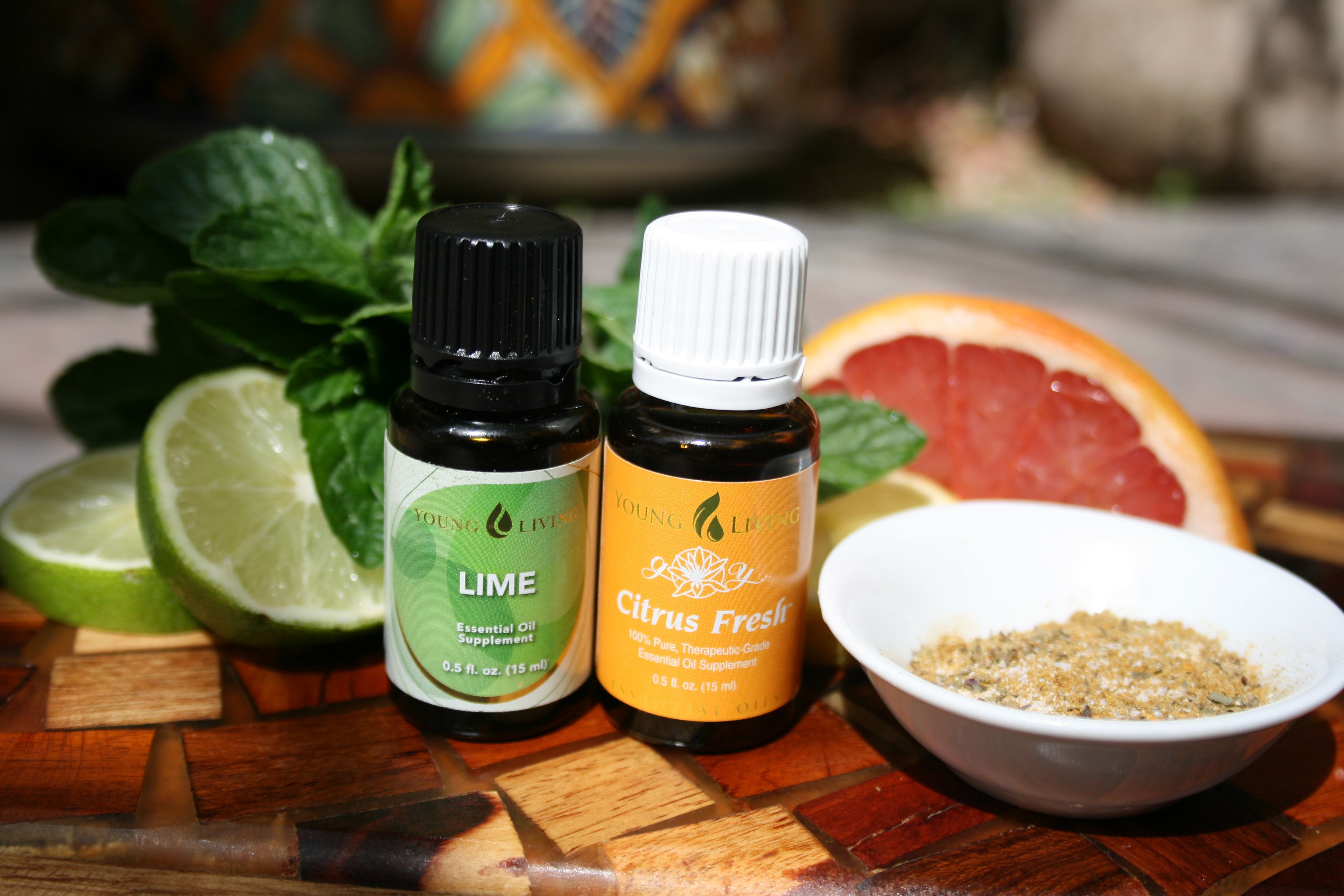 We get our coconut oil through sustainable harvesting methods and use it in everything from our skincare to Color + Glo sticks. The blend of coconut oil and natural pigments in our multi-use makeup sticks provides the perfect vehicle for stunning color that you can use all over your face, including lips, cheeks, and eyelids.
We get our coconut oil through sustainable harvesting methods and use it in everything from our skincare to Color + Glo sticks. The blend of coconut oil and natural pigments in our multi-use makeup sticks provides the perfect vehicle for stunning color that you can use all over your face, including lips, cheeks, and eyelids.
3. Grapeseed Oil
Another good oil for your face is grapeseed oil. This oil has high amounts of vitamin E and omega-6 fatty acids. Grapeseed oil increases skin’s moisture levels and enhances its ability to bounce back. This makes your skin more supple and less likely to crack, reducing the likelihood of wrinkle formation.
Grapeseed oil is among the best natural oils for your face because it has a powerful antioxidant called proanthocyanidin. This antioxidant is shown to lighten hyperpigmentation and even out your skin tone. One study found that taking grapeseed oil orally helped reduce the appearance of melasma, which are brown or blue-gray patches that appear on the face.
4. Rosehip Oil
Long considered one of the top anti-aging oils, it’s no surprise that rosehip has made it onto our list of the best natural oils for your face. This oil is extracted from the seeds of rosehips, which are fruits of the rose plant. Like other plant-based oils, rosehip oil is a rich source of vitamin E and essential fatty acids. They help moisturize your skin and keep it soft and supple.
What distinguishes rosehip oil from other plant-based oils is its high concentration of vitamin A, the active ingredient in retinol products. Vitamin A increases cellular turnover, boosts collagen production, and reduces the appearance of fine lines and wrinkles. We use rosehip oil in our best-selling Deep Serum facial oil to rejuvenate your face and neck.
5. Olive Oil
You’re probably not surprised that this made our list of good oils for your face! Olive oil is made by pressing olive fruits and extracting their oil. This kitchen staple is one of the best natural oils for your face because it contains vitamins A, D, E, and K, antioxidants, and squalane. It hydrates dry skin, fights free radical damage, and slows skin aging.
It hydrates dry skin, fights free radical damage, and slows skin aging.
Olive oil stands out from other plant-based oils due to its potential ability to fight cancer. In one study, mice that had olive oil applied to their skin experienced lower rates of tumors caused by ultraviolet rays. While most people benefit from olive oil’s emollient and protective properties, those with sensitive skin should stay away from this oil as it can cause allergies.
6. Sunflower Seed Oil
Sunflower oil is produced from the seeds of the sunflower plant. It is considered one of the best natural oils for your face because it has several compounds, such as oleic and linoleic acid, that are beneficial for the skin. It is a highly absorbent oil that can be used on all skin types, including normal, dry, oily, and acne-prone skin. Sunflower oil is non-comedogenic, so it does not clog your pores.
The most notable benefit of sunflower oil is its skin barrier-protecting properties. The skin barrier is the outermost layer of your skin that locks moisture in and keeps environmental irritants out. When this barrier is damaged, you experience dry, irritated skin that is susceptible to premature aging. The linoleic acid in sunflower oil fortifies the skin barrier to maintain your skin’s integrity.
When this barrier is damaged, you experience dry, irritated skin that is susceptible to premature aging. The linoleic acid in sunflower oil fortifies the skin barrier to maintain your skin’s integrity.
7. Jojoba Oil
You’re probably familiar with this beloved skincare oil. Jojoba oil is produced from the seeds of the Simmondsia chinensis plant, an evergreen shrub native to the Southwestern United States and Mexico. It makes our list of good oils for your face because it moisturizes your skin, controls natural oil production, has antimicrobial properties, and delivers antioxidant protection.
Jojoba oil is considered one of the best oils for your face because it is very similar to sebum, the oil your skin produces naturally. Although known as an oil, jojoba oil is actually a liquid wax. It delivers all the benefits of plant-based oils without leaving a greasy residue on your face. We use jojoba oil in our Hydra Highlighter Stick to feed your skin and light up your inner glow.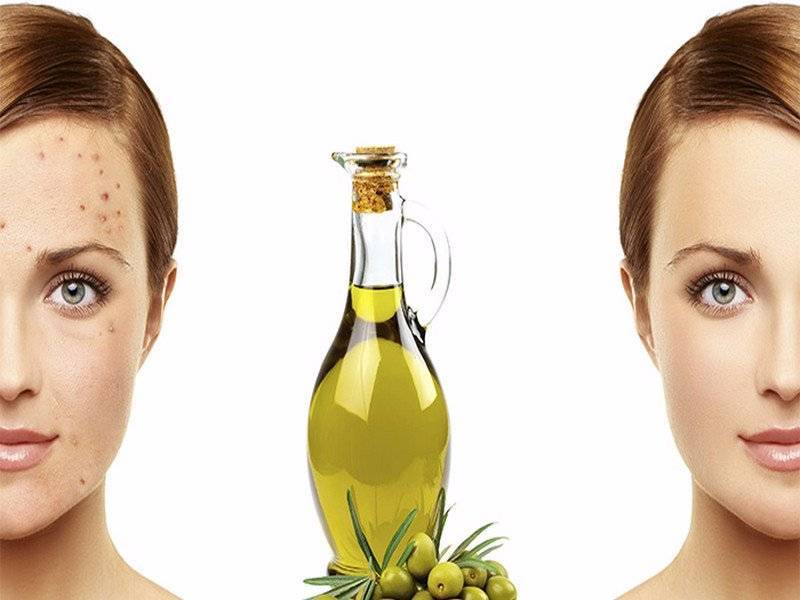
8. Neem Oil
Although a newcomer to the Western world, neem oil has been used for centuries in Ayurvedic medicine. This oil is derived from the fruits and seeds of the neem tree, a plant native to the Indian subcontinent. It is among the best oils for your face because studies have shown that it can increase collagen production, promote wound healing, and fight skin infections.
Neem oil is generally safe to apply to the skin. However, you must practice caution before using it. We recommend you shop for organic, cold-pressed neem oil, and do a patch test on your arm before application. If you develop any allergic reactions, such as redness, itchiness, or swelling within 24 hours of application, dilute the oil with other carrier oils to make it less irritating.
9. Shea Butter
Although not exactly an oil, shea butter melts on contact with your skin. This fat is extracted from the nuts of the shea tree, which are native to West Africa. Shea butter makes our list of good oils for your face because it has significant levels of vitamins A, E, and F which help relieve skin inflammation, and reduces the appearance of scars.
Shea butter stands out from other plant-based oils due to its possession of triterpenes. These naturally occurring chemical compounds inhibit the destruction of collagen fibers, keeping your skin young and firm for as long as possible. Formulated with organic shea butter, our Multi-Bene sticks not only add a youthful pop of color to your complexion but also protect the structural integrity of your skin.
10. Marula Oil
Our final choice for the best natural oil for your face is marula oil. Marula oil is extracted from the kernels of the marula tree, a plant native to parts of Southern Africa. African women have used marula oil for centuries to treat cracked skin on their lips, hands, and feet. Marula oil is packed with amino acids, vitamins C and E, as well as a lesser-known antioxidant called epicatechin.
Like jojoba oil, marula oil has a similar profile to your skin’s natural oils. It is lightweight, absorbs quickly, and does not clog pores, making it an excellent moisturizer for people with combination, oily, and acne-prone skin.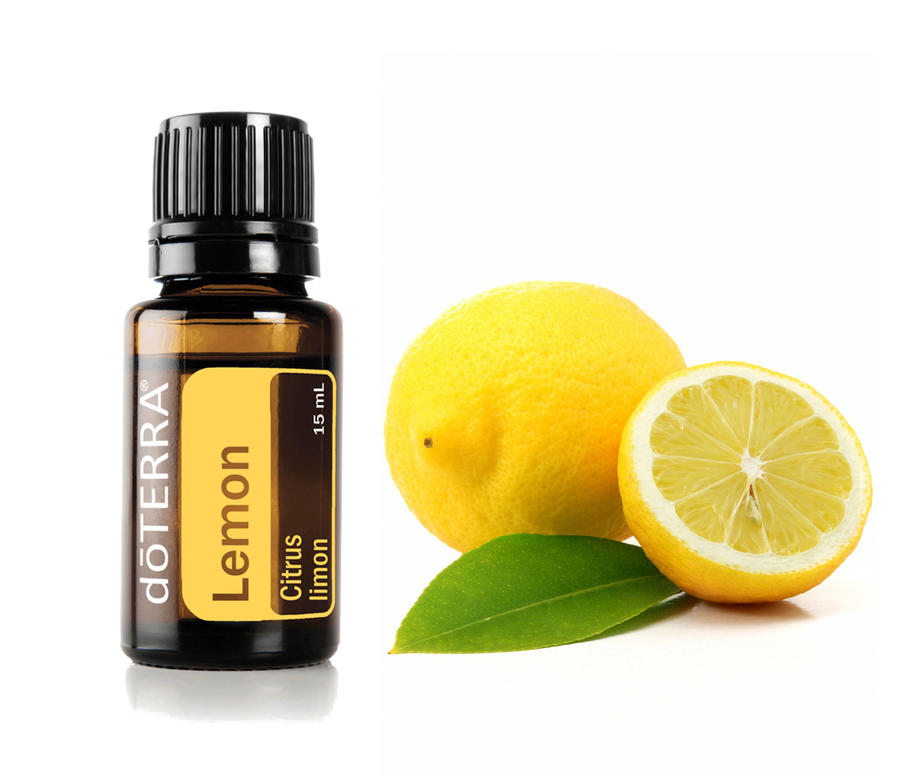 Thanks to its high concentration of oleic acid, marula oil can help other products better penetrate your skin. You can find marula oil in our Deep Serum and Moisture Riser Cream.
Thanks to its high concentration of oleic acid, marula oil can help other products better penetrate your skin. You can find marula oil in our Deep Serum and Moisture Riser Cream.
Shop Premium Facial Oils at NOTO
There you have it; the 10 best natural oils for your face! Are you confused and don’t know which oils to pick? You don’t have to shop for each oil individually. At NOTO, we offer facial serums and creams with a mixture of your favorite oils so you can take advantage of more than one oil’s benefits. Most of our oils are sustainably sourced, Fair Trade certified, and slave/child labor free.
When you shop NOTO, you help drive positive change. We donate a portion of our Agender Oil sales to organizations like The Transgender Freedom Fund, Black Mamas Matter, and Planned Parenthood. Check out our vegan facial oils to find the perfect elixir for you.
Essential oils for beauty | ELLE
Beauty Blog
The first snow hinted unambiguously: it’s time to hide weightless vibes and get rich, fragrant oils. ELLE has selected the 10 most effective beauty oils.
ELLE has selected the 10 most effective beauty oils.
Shea
Shea or karite are African sacred trees that are forbidden to be cut down. But to collect the fruits, please. They make the famous oil, whose regeneration benefit is provided by vitamins A, D, E and F. Use it alone or mix with any care product from serum to hair conditioner, apply to dry elbows, knees, heels, around the nose, and enjoy great results. Shea butter also repels mosquitoes (we take it on a tropical vacation) and works like a cold cream (we use it in winter). Make-up does not “float” with it, so shea butter replaces the primer (including for the eyelids) and fixes the eyebrows. Due to its dense texture, the oil is classified not as oil, but as butter. That’s why it’s easy for them to bring up unruly curls and can even make lipstick by mixing with compact blush.
- Photo
- getty images
Coconut
Thailand supplies the European market not only with the best massage therapists, but also with coconut oil.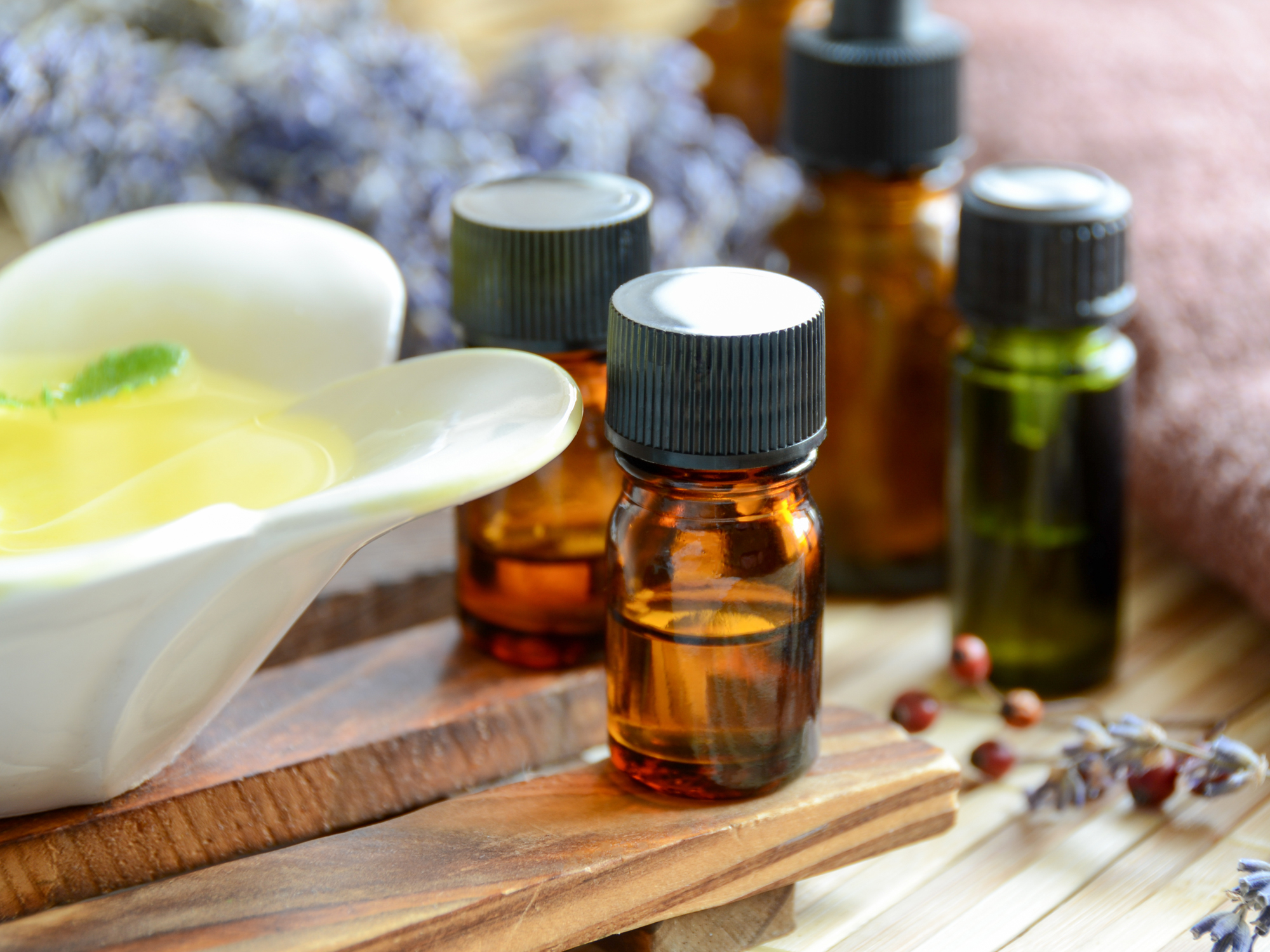 With the help of the latter, it is easier to untangle hair, it removes all types of makeup (not only from the face, but also from brushes), replaces shaving cream, sunscreen, Rescuer ointment and hair conditioner (which can be washed off or left). But, perhaps, the main properties of coconut oil are antiviral and antibacterial. This allows you to use the product both to freshen your breath and to protect the immune system from the inside. To do this, add it to spicy soups, curries, desserts.
With the help of the latter, it is easier to untangle hair, it removes all types of makeup (not only from the face, but also from brushes), replaces shaving cream, sunscreen, Rescuer ointment and hair conditioner (which can be washed off or left). But, perhaps, the main properties of coconut oil are antiviral and antibacterial. This allows you to use the product both to freshen your breath and to protect the immune system from the inside. To do this, add it to spicy soups, curries, desserts.
- Photo
- getty images
Argan oil
Argan oil is called liquid gold in its homeland, Morocco. The precious fatty acids of the oil and vitamin E are also useful for the beauty of the skin, hair, and nails. To care for curls, use instead of or together with a mask, for shine and smoothness, apply after blow-drying. Argan not only provides antioxidant and anti-aging effects, but also treats serious problems, from eczema to burns, its non-greasy texture is indicated for acne. Pregnant women will appreciate the effectiveness in the prevention of stretch marks. Dry nails? Chapped lips? The answer is: argan oil.
Pregnant women will appreciate the effectiveness in the prevention of stretch marks. Dry nails? Chapped lips? The answer is: argan oil.
- Photo
- getty images
Flaxseed oil
Flaxseed oil contains more than half of omega-3, which makes it one of the best sources of unsaturated fatty acids that our body does not synthesize itself, but needs them. Other benefits: high content of fiber and potassium, which improve digestion and normalize water balance. All women suffering from PMS and menstrual cramps will appreciate the beneficial effects of the oil during these periods. It also controls sebum regulation, eliminating excess fat from the skin of the face and head. Flax seeds can be added to smoothies, pastries, natural yogurts, and salads can be poured with oil.
- Photo
- getty images
Grapeseed
Grapeseed oil is a storehouse of linoleic acid, which strengthens cell membranes.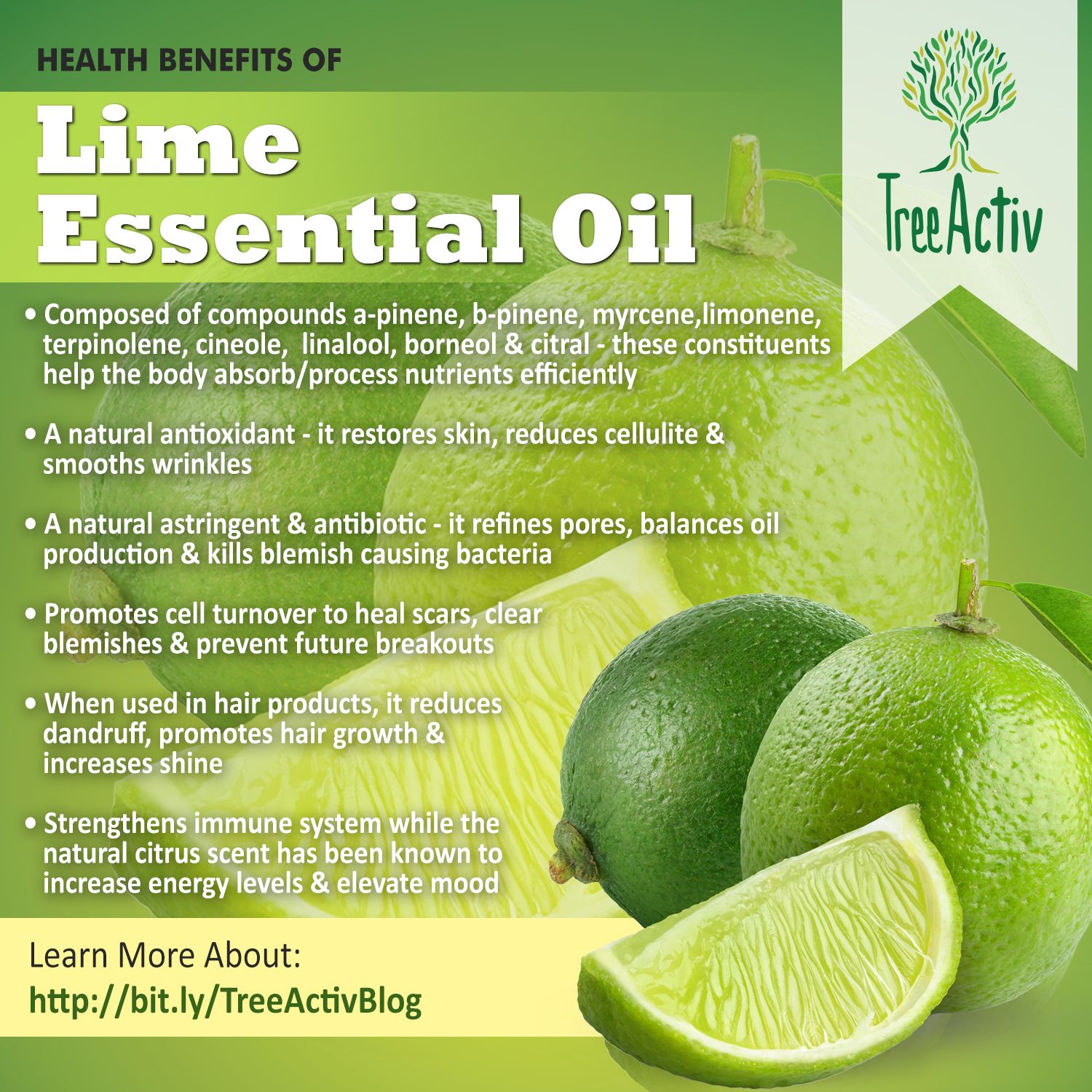 The anti-inflammatory properties help not only cleanse the pores of impurities, but also prevent the further appearance of acne and inflammation. Antioxidant abilities are also on top. And also in the assets of grape seed oil is the removal of circles under the eyes, the healing of wounds, and the reduction of signs of skin aging.
The anti-inflammatory properties help not only cleanse the pores of impurities, but also prevent the further appearance of acne and inflammation. Antioxidant abilities are also on top. And also in the assets of grape seed oil is the removal of circles under the eyes, the healing of wounds, and the reduction of signs of skin aging.
- Photo
- getty images
Macadamia
Macadamia nut oil contains three beneficial fatty acids. Let’s start with palmitoleic – the percentage of its content in this oil is one of the highest: from 16 to 23%. This acid is important for the life of skin cells, but its reserves are depleted with age. This is why macadamia is often included in anti-aging formulas. Second, oleic acid restores, linoleic acid prevents moisture loss in the epidermis. The oil is ideal for dry, irritated, damaged skin. Bonus: Removes even waterproof makeup.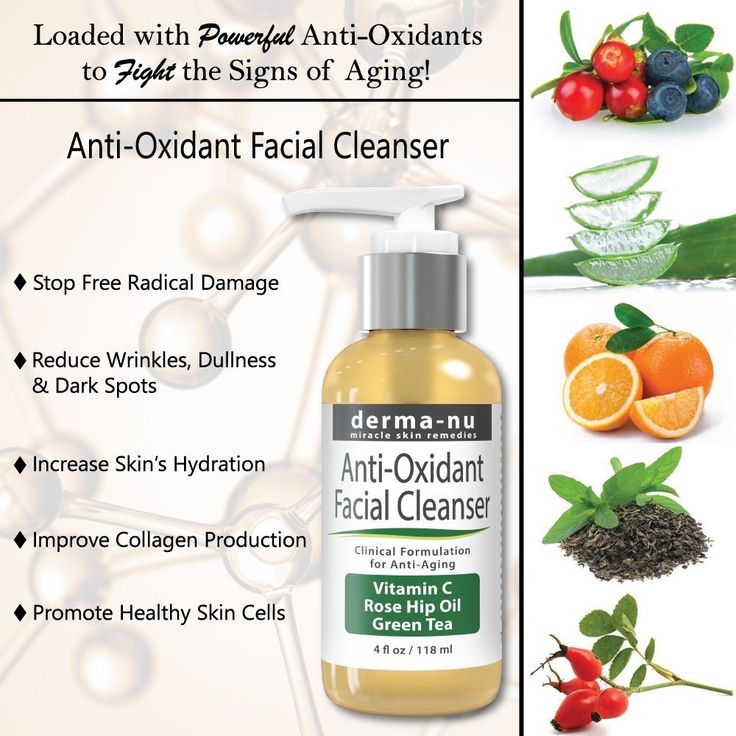
- Photo
- getty images
Olive oil
Olive oil, not without reason, is the basis of the Mediterranean diet. The monounsaturated fats contained in it reduce the level of bad cholesterol and increase the level of good cholesterol (cleanses the blood of fats). The high content of vitamin E and phenols provides antioxidant properties. Use cold-pressed Extra Virgin oil in everything from salads to fish. But external use is not always successful: large oil molecules can clog pores.
- Photo
- getty images
Canola oil
Rapeseed or canola oil has the lowest levels of harmful saturated fats among edible oils and ten times more of the beneficial omega-3s than olive oil. Nourishes and protects the skin, but is not completely absorbed – use at bedtime, blotting the excess with a napkin. Not everyone will appreciate the slightly “dusty” taste of cold rapeseed oil, so it is better to use it for cooking hot dishes.
Not everyone will appreciate the slightly “dusty” taste of cold rapeseed oil, so it is better to use it for cooking hot dishes.
- Photo
- getty images
Avocado
Another excellent source of vitamins A, D and E, polyunsaturated and monounsaturated fats. In total, they contribute to the renewal of skin cells, protect against cardiovascular diseases. Avocado oil tolerates heat very well, making it useful for pan and grilled dishes.
- Photo
- getty images
Almond oil
Almond oil is found in two versions: sweet and less hyped bitter. We are interested in the first. It contains vitamins A, E, C and vegetable proteins. Results of use: radiant skin without inflammation, irritation, peeling, relieving muscle pain, stimulating eyelash growth, getting rid of dark circles under the eyes. Magnesium contained in the composition stops hair loss and treats dandruff. The high potassium content helps regulate blood pressure. Finally, almonds improve memory and stimulate the immune system. Apply to skin, hair, nails and eat a handful of nuts daily (especially useful in place of dessert).
Magnesium contained in the composition stops hair loss and treats dandruff. The high potassium content helps regulate blood pressure. Finally, almonds improve memory and stimulate the immune system. Apply to skin, hair, nails and eat a handful of nuts daily (especially useful in place of dessert).
- Photo
- getty images
What all oils can do
1. Moisturize. Oils form a thin invisible film on the surface of the epidermis, which prevents moisture from evaporating.
2. Lower cholesterol when taken orally.
3. Provide an even tan, restore the skin after insolation, prolong the result. Use oils before, during and after your vacation.
4. Protect leather from staining. Before home coloring, apply oil to the hairline so as not to stain the skin with paint.
5. Interact with other tools. Mix with sugar or sea salt for a natural body scrub.
Three Natural Beauty Oils
Clarins Orchidée Bleue Oil for Dehydrated Skin
100% natural oils are Clarins’ forte, and Orchidée Bleue even more so. It brings to life dehydrated skin in just one day. We thank hazelnut oil and extracts of blue orchid, rosewood, patchouli. For the face and neck, 3-4 drops are enough, which are conveniently measured with a glass pipette. A magical smell will give odds to your favorite perfume.
Thann’s Eden Breeze Body Butter
The brand’s bestseller has recently found a little brother: melting creamy texture and nourishing formula now with rose and jasmine essential oils. Nano-particles of Shiso leaf extract take care of the deep layers of the skin, cocoa butter protects against moisture loss and prevents stretch marks, jojoba oil restores elasticity and helps heal inflammation, licorice root extract brightens pigmentation. Butter is absorbed for one-two-three and reminds of itself only with a light floral aroma, but not stickiness at all.
Butter is absorbed for one-two-three and reminds of itself only with a light floral aroma, but not stickiness at all.
Caudalie Polyphenol C15 Night Detox Oil
New detox dry oil for the night shift. Its task is to protect the skin from sources of free radical formation (smoking, stress, UV), as well as get rid of scars and inflammation. A cocktail of 3 essential oils (grape seed, sweet almond, sandalwood) and 5 vegetable oils (carrot, musk rose, neroli, bitter orange and lavender) blended in the most effective dosage. Polyphenol C15 can be used on its own, under a cream or mask, and applied during the changing seasons, as it is now. From evening to morning, it stimulates the process of cell renewal in the deep layers of the skin and removes toxins accumulated during the day. In the morning, the skin is cleansed, the face is radiant and looks fresh.
NB If the oil contains essential oils, it must not be used on the sensitive area around the eyes.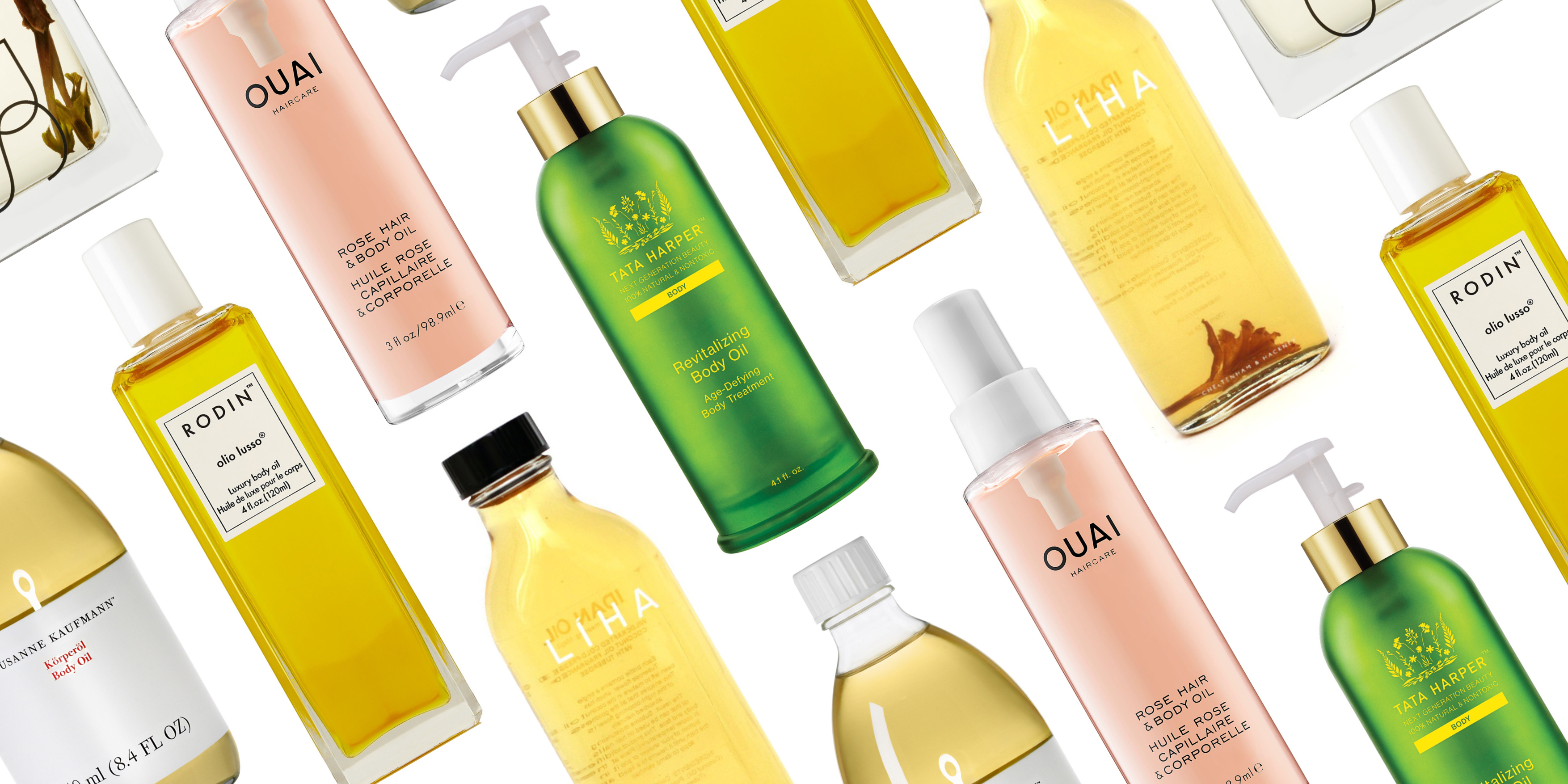
Kuzmicheva Irina
Tags
- Cosmetics
- Hair
- Body care
- Skin care suitable for skin care?
Reading time: 5 min.
Oils have a rich history: thousands of years ago they became the first cosmetics, for many centuries they were worth their weight in gold and supported the beauty of queens and queens. Now natural oils are available to each of us. How not to get lost in the variety of oils and how to use them correctly, we tell in this article.
Types of oils for skin care
All oils used in cosmetology are divided into vegetable and essential oils. Vegetable oil is obtained by squeezing the sprouts, stems and leaves, grains and seeds of fruits, nuts, vegetables and oil-containing plants. Such oils are basic, they can be applied to the skin in its pure form.
Essential oils contain special volatile compounds and have a characteristic pungent odour.
 They are best not used undiluted and mixed with a base oil for the face or added to a cream or mask.
They are best not used undiluted and mixed with a base oil for the face or added to a cream or mask.But in any case, before the first use, perform a skin sensitivity test: apply a little oil on the inside of the elbow and wait 24 hours. If redness, irritation or itching appears during this time, then this oil is not suitable for you.
All oils used in cosmetology are divided into vegetable and essential oils. Vegetable oil is obtained by squeezing the sprouts, stems and leaves, grains and seeds of fruits, nuts, vegetables and oil-containing plants. Such oils are basic, they can be applied to the skin in its pure form.
Essential oils contain special volatile compounds and have a characteristic pungent odour. They are best not used undiluted and mixed with a base oil for the face or added to a cream or mask.
But in any case, before the first use, perform a skin sensitivity test: apply a little oil on the inside of the elbow and wait 24 hours. If redness, irritation or itching appears during this time, then this oil is not suitable for you.

Hydrophilic oils are great for removing makeup from our selection:
{variantproducts829}
Can olive oil be good for the skin too?
Olive oil can be used on the face, body and hair. It perfectly softens and nourishes the skin and hair follicles, saturates them with trace elements and vitamins. Heated olive oil can cleanse your face and remove even the most persistent makeup, including lips and eyes. This oil is suitable for mature skin, it helps to smooth out creases and wrinkles without clogging pores.
How can coconut oil be good for the skin?
“Beach Oil” is the main assistant for obtaining an even and lasting tan. But coconut oil can also be used on the face to get rid of early wrinkles. In addition, coconut oil helps to retain moisture inside the epidermis and protects it from the harmful effects of the urban environment. According to the latest research, coconut oil is comedogenic, so apply sparingly and monitor your skin carefully.

“Beach oil” is the main assistant for obtaining an even and lasting tan. But coconut oil can also be used on the face to get rid of early wrinkles. In addition, coconut oil helps to retain moisture inside the epidermis and protects it from the harmful effects of the urban environment. According to the latest research, coconut oil is comedogenic, so apply sparingly and monitor your skin carefully.
Almond oil
Almond oil or sweet almond oil is the best friend of dry and thin skin. It gently heals peeling, slows down inflammation and eliminates redness. Eliminates dehydration, softens and nourishes the epidermis. Almond oil is very light, so it can be applied even to the delicate skin of the eyelids without fear of provoking swelling.
Jojoba oil
Valuable jojoba oil helps to get rid of wrinkles: it moisturizes and nourishes the skin for a long time, making it firmer and more elastic. This oil saturates the cells with vitamins and gives the face a healthy glow.



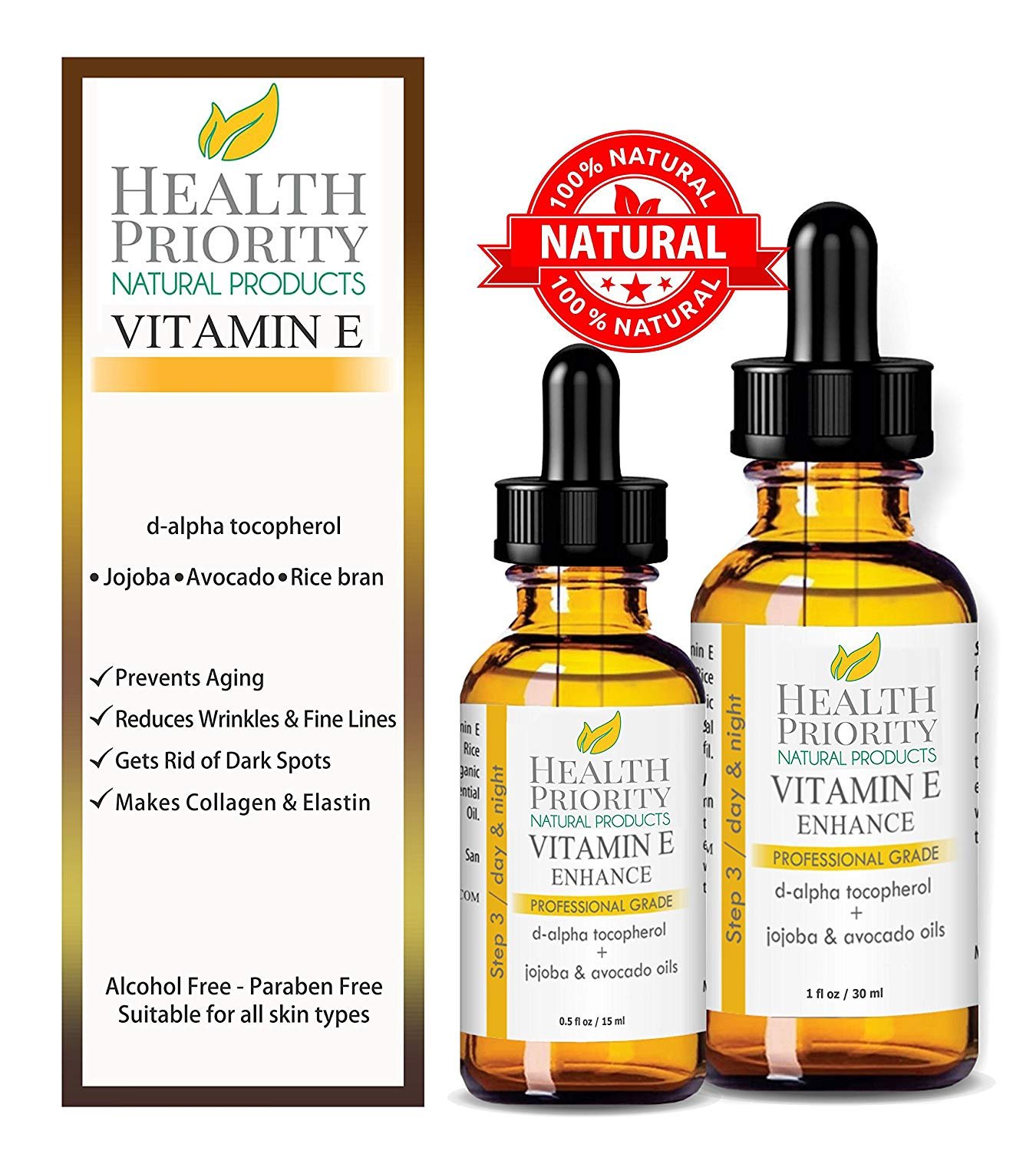 They are best not used undiluted and mixed with a base oil for the face or added to a cream or mask.
They are best not used undiluted and mixed with a base oil for the face or added to a cream or mask.